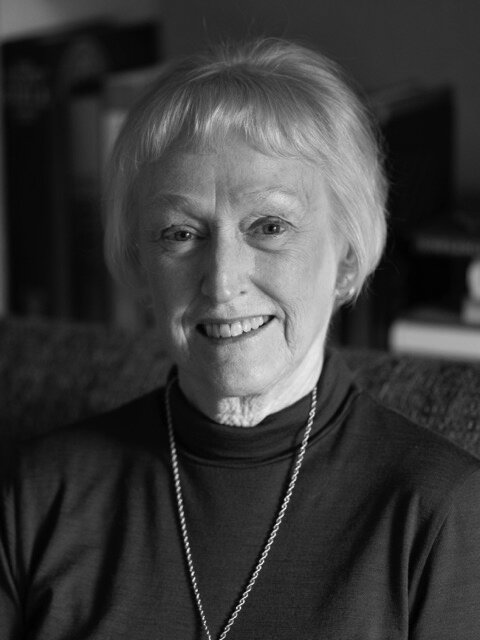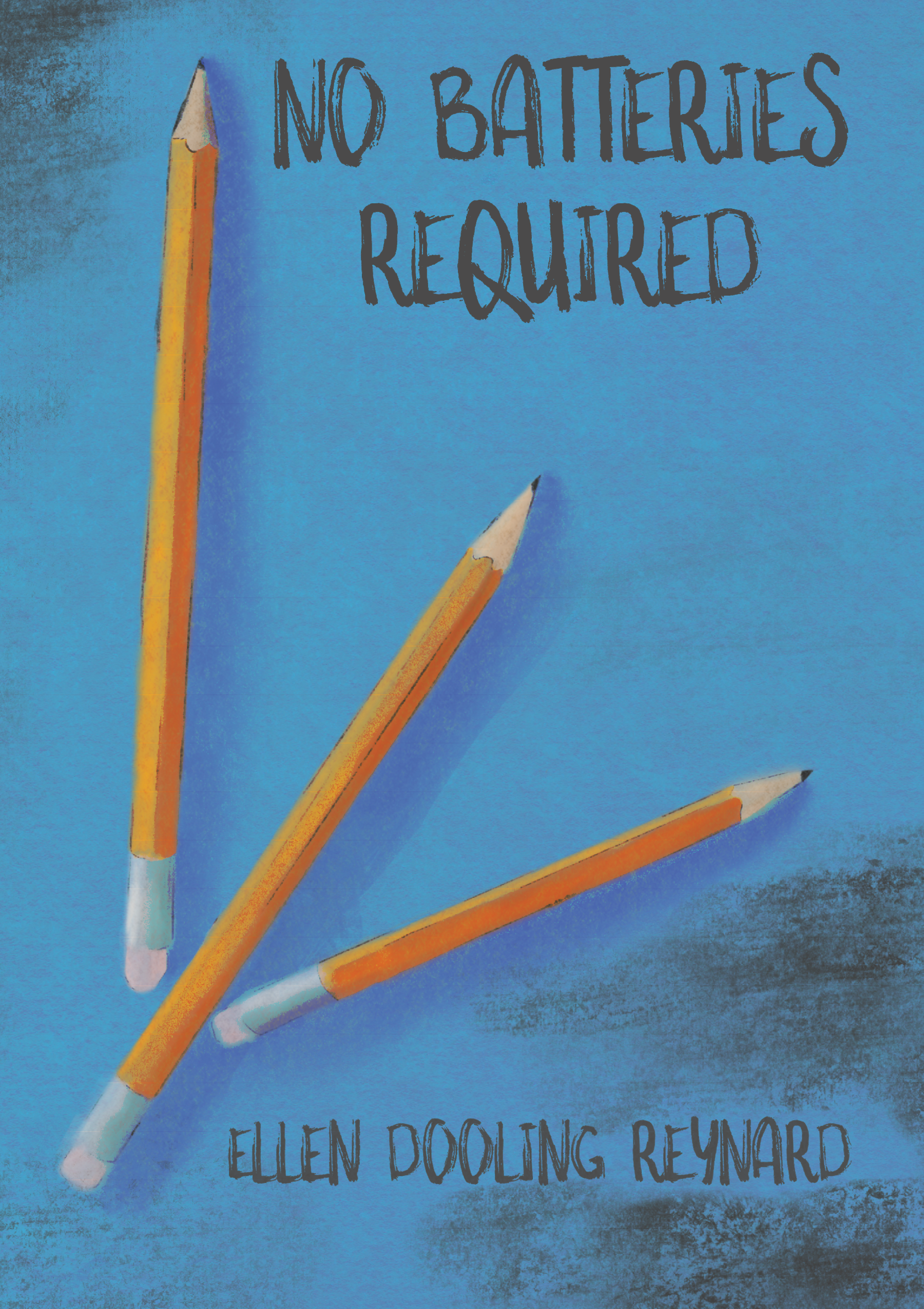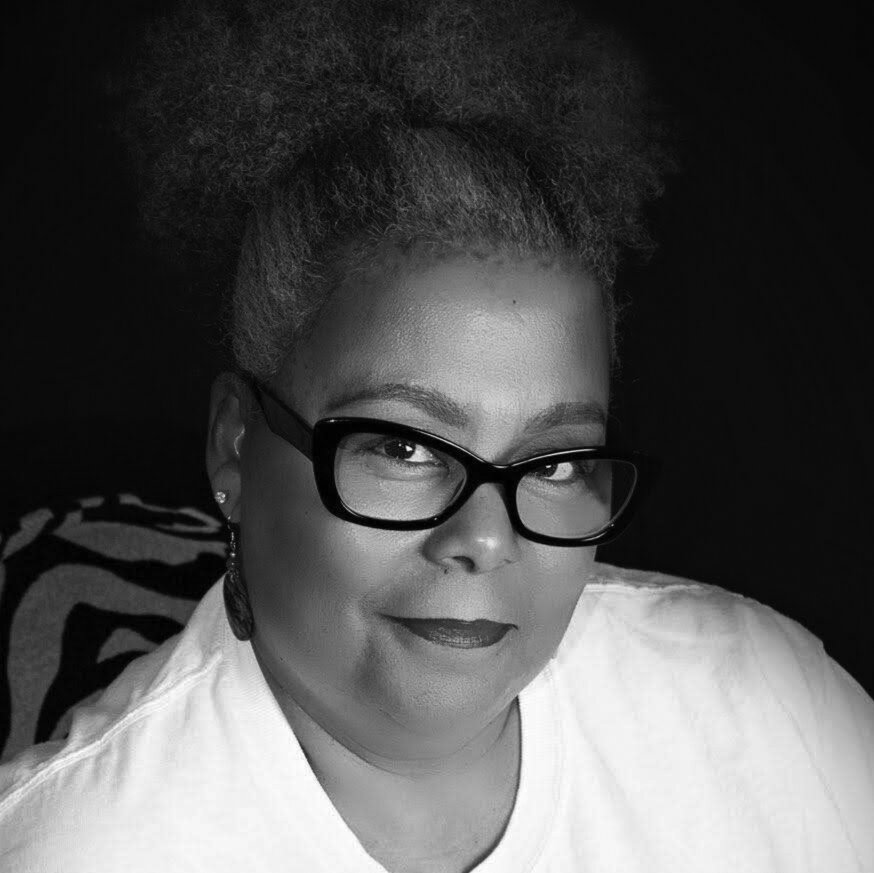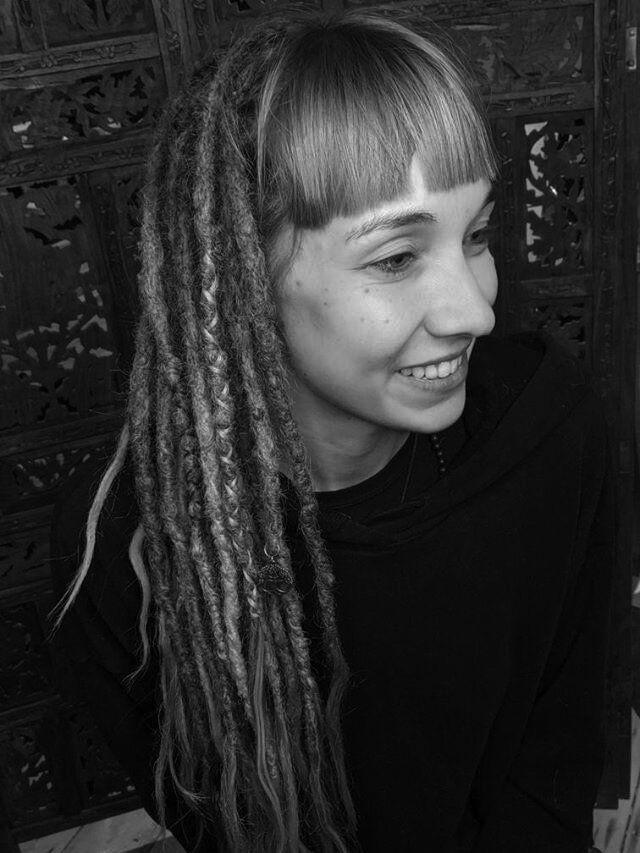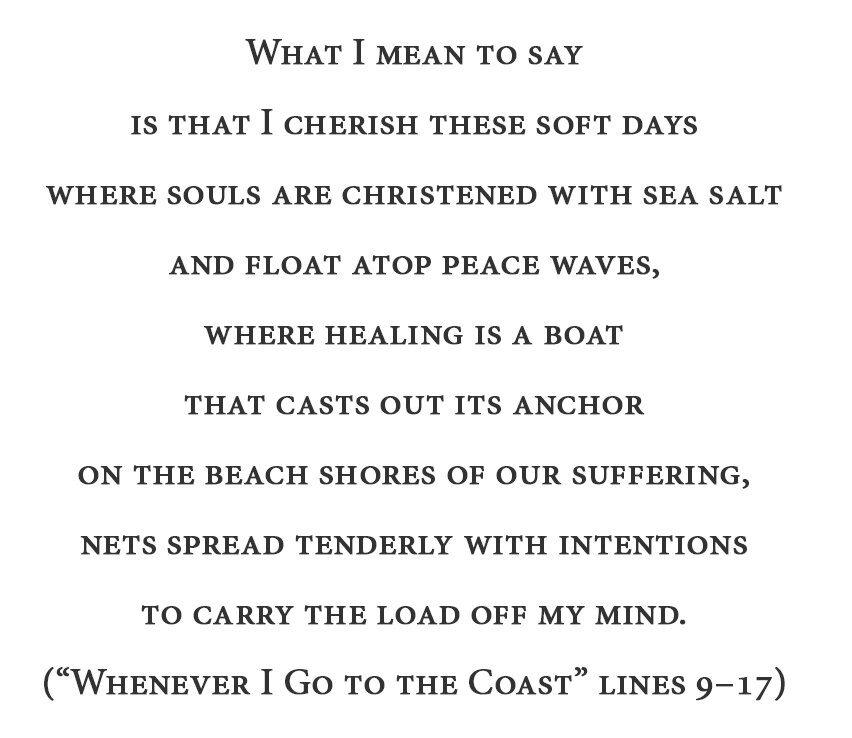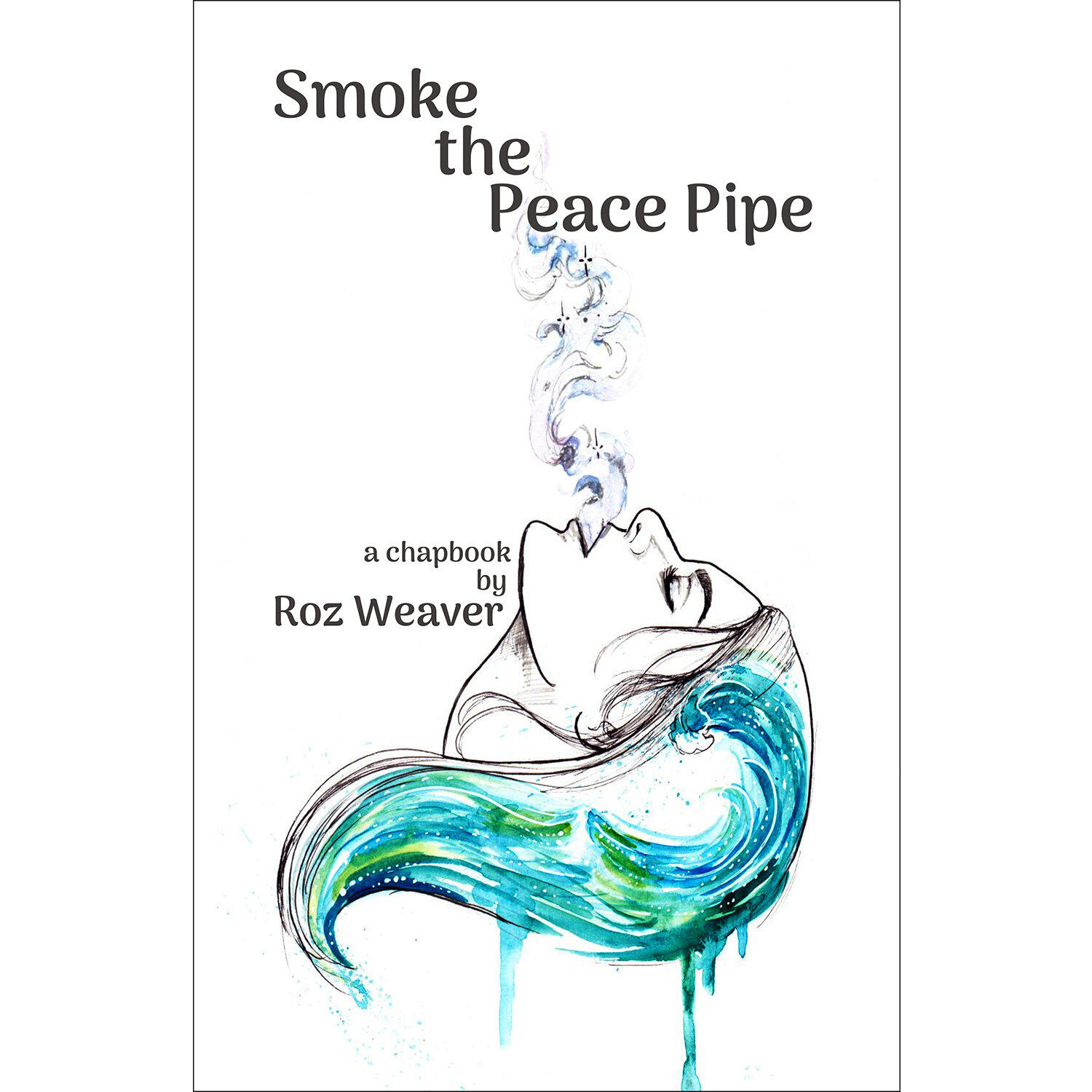From February 2021
Ellen Dooling Reynard sits in her kitchen nestled in the foothills of the Sierra Mountains. Behind her, a black cat jumps onto the counter. She grins, “He wants to play with the keys.” Her warmth spills through the computer screen that connects us as Ellen mentions that he, along with her other cat, are sources of inspiration for her writing and laughter. Ellen, the author of the next Yellow Arrow Publishing chapbook, No Batteries Required, released April 2021, spoke to Yellow Arrow Editorial Associate, Siobhan McKenna, while taking a break from packing up her California home. This wonderful chapbook is now available for PRESALE. Information about a virtual reading at the end of April is forthcoming
No Batteries Required examines the world around Ellen from the perspective of her inner world. As a senior, she looks back on her life, its joys and sorrows, its loves and losses, while she navigates the unknown currents of old age and ponders about the journeys of life, death, and what lies beyond. Ellen spent her childhood on a cattle ranch in Jackson, Montana. Raised on myths and fairy tales, the sense of wonder has never left her. A one-time editor of Parabola Magazine, her poetry has been published by Lighten Up On Line, Current Magazine, Persimmon, Silver Blade, and The Muddy River Poetry Review. She is now retired and has relocated to Clarksville, Maryland, where she will continue to write fiction and poetry. She is currently working on a series of ekphrastic poems based on the work of her late husband, Paul Reynard (1927–2005).
In a week [from this interview], Ellen will be moving east to separate herself from the worsening wildfires and to be closer to family. Yet for someone who is moving across the country, she appears very at peace. “That’s life,” she says when asked how she is faring with the move. “Selling a house and packing a house and then dealing with something that’s wrong with the house. I can worry about all of that and then I realize that this is the second to last week that I’m going to be here—so that’s right now. What is going to happen is going to happen on the trip.” After a beat, she adds with a laugh, “I am a little nervous.” Siobhan asked Ellen to talk more about her appreciation for the mundane moments of life, her curiosity toward the natural world, and her ability to see aging as a gift—the themes of No Batteries Required.
YAP: The first section of your chapbook is called “moments and non moments” with even the non moments being full of meaning. How have you found your non moments to be “presents of presence”?
Because I’ve had a life-long spiritual direction that my mother was also involved in—the teachings of [G.I.] Gurdjieff . . . [a] middle eastern teacher of philosophy and knowledge. [His teaching] is a lot about being in the moment (before it [became] a buzzword in modern psychology) and living life right now; not yesterday and not tomorrow. What is in front of me right now? Who am I right now? These kinds of moments, the non moments, [are] what end up being “presents of presence.” [Presents of presence is about] finding yourself if you are really irritated because you are delayed by something. Maybe you are going to be late for an appointment. Or you may not even have a reason to be annoyed and you just don’t like slowing down. So, in the middle of a moment like that you have to realize that you are alive, and you are breathing and there are birds singing outside and interesting things to be feeling about one’s children and all of one’s loved ones. There is plenty of material in the present moment even if even if you are waiting at a broken traffic light.
YAP: How does it feel to look back at seemingly non moments: family breakfast, dishes, chores, Montana winters, and find meaning within them?
I learned deep down an appreciation for being where you are because we would be snowed in all winter. We were six children and my mother homeschooled us, because there was no way we could get anywhere. The nearest school was a [one-room schoolhouse in town], 10 miles away. We didn’t get down to town the whole winter. We would have to put away a lot of food and my mother had to figure out how to age the eggs in barrels. She had to cook and can, garden, milk cows, separate cream from milk, make butter . . . [having been gently raised back East, as a rancher’s wife], she learned how to do all that stuff—it was amazing.
YAP: Your second section called “Life’s Journey Home” centers on growing older. When referring to yourself in your bio you call yourself a “senior” and you call Fredrica a “senior” in the poem of the same name. Do you see yourself in Fredrica now as you have entered this older stage of life?
No, not Fredrica, but my mother and my aunt. My Aunt Peggy lived to be 103 and when she was in her 70s, she decided she was going to grow old gracefully. She was a very busy woman—did all kinds of project. . . . she kept chugging along all those years and always with a lot of laughter and a lot of good humor. And I’ve become the Aunt Peggy of my generation among my sisters’ children, and I don’t mind seeing myself that way. [Old age is] a kind of special time and a privileged time because you don’t have to prove anything anymore.
YAP: In “Old Age” you write, “these are the best years,” and talk about allowing the world’s youth to carry the burden of knowing “the unknowable” so you “old ones” can move “into a new world.” These words are beautiful and reminiscent of a future realm after this life. Paired with the title of this section, “Life’s Journey Home,” I’m curious as to what you believe our next life entails and if there is a spiritual aspect to your words?
There is a Native American belief that when you’re born you come through the Milky Way and there’s a person there called Blue Woman. [She] encourages the new life to go ahead and be born. Then, when somebody dies, they go back through the same portal and Blue Woman is there to welcome them back to the same world that they came from. That’s—in a way— my view: that after death of the body there’s some kind of life that goes on. It may not be angels with halos and sitting on white clouds, but there’s something that continues. . . . [Gurdjieff said] that depending on how we live there are various places where the spirit ends up. The ideal is to go back to the center of the universe—what you might call God; that original force that started everything.
YAP: In your poem “Montana,” I love the juxtaposition of the beauty of the natural world against the reality of the natural world. You talk about the mountains as “blue-shouldered and white peaked” but also “uncaring in their majesty” and the sun melting away snow that once again reveals the graves of your mom and your husband. Why are these contrasts important to you and how do you see the beauty and reality working together?
I think that was part of growing up on a ranch. Seeing a lot of birth and death juxtaposed with animals on the ranch. [We lived on] a cattle ranch so we saw animals being born and I was interested in one being butchered, but my mother didn’t want me to watch. My father also had a very beloved dog who was a wonderful cow dog. My father accidentally killed him when he was backing up some huge machines and [ran over] the dog. . . . I saw a lot of extreme opposites in relation to nature. I think it happens within human beings also—there’s joy and there’s sorrow and they define each other.
YAP: Your final section is called “Seasoned with Humor.” How are you able to find humor within the trials of getting older?
I think my Aunt Peggy, who was a big influence in my life, was the one with the best sense of humor. . . . I went through a period of life where I was a sad person and being around my aunt was always a big help. Even when things were really hard, she had a sense of humor. At one point for instance, she fell and broke her back in her 90s, so she had to be in her room for a long time on a hospital bed. She asked if they could push her hospital bed around so she could look out the window because there was a squirrel feeder. There was one squirrel that would do all of this crazy stuff, and she would sit there and laugh—with a broken back. She was no sissy.
Also, with aging, I am lightening up. I don’t know exactly why. Because when you’re young and busy with a career and having children—there’s a lot that makes you go like this *Ellen furrows her brow and points to the space between her eyebrows* and it makes you get this crease. [With age] it seems more possible to just relax in front of something that is difficult. They say that things don’t hurt so much when you relax. It is when you tense that you make all your nerves jangle and relaxing feels better.
YAP: How long have you been writing?
I’ve been writing various things for a long time. I was an editor, and I wrote some [articles] for the magazine I was working for which was Parabola Magazine. I only started writing poetry a little more than a year ago. I took a memoir class and started to privately publish for my children the story of my life and their life. My [memoir] teacher was really good, and I found out that she was going to be teaching a poetry class at the local OLLI Institute—the Osher Lifelong Learning Institute (it’s a non-for profit that makes it possible to have classes for senior citizens at very little cost). Anyway, [my teacher] was going to give a poetry class so I thought well, let me try writing poetry. [My teacher] was very encouraging and we became very good friends. Eventually, one thing led to another and she actually proofread this manuscript for me. Because of the classes, I’ve [joined] some writers groups mostly for people like me—not so young. It’s been very inspiring. I love it.
YAP: What does having your poems published for others to read mean to you?
It’s a real shot in the arm. I just started writing poetry and already to have something that other people can read; I love it. It really inspires me to keep on going and keep on writing.
YAP: What was the inspiration behind the cover with three pencils?
I was just fooling around with my camera, and I [visualized] pictures of pencils. I got different pencils and lined them up in different ways. And then, [Kapua Iao, Editor-in-Chief] got [Yellow Arrow’s Creative Director, Alexa Laharty] to draw it and I really loved it. It was just a little visual moment that I was having with my pencils and my camera—I was just doodling around. I’m so glad [they] wanted to run with that idea.
YAP: Why did you decide to publish your work with YAP?
Because you accepted me! I sent it out to lots of different places and didn’t get any other offers. I’m thrilled. I also noticed that [Yellow Arrow had] lots of workshops and events so I’m hoping that once we are allowed to go out and meet people that I would love to find some writing groups!
*****
Every writer has a story to tell and every story is worth telling. Thank you Ellen and Siobhan for such an insightful conversation. Yellow Arrow Publishing is a nonprofit supporting women writers through publication and access to the literary arts.

